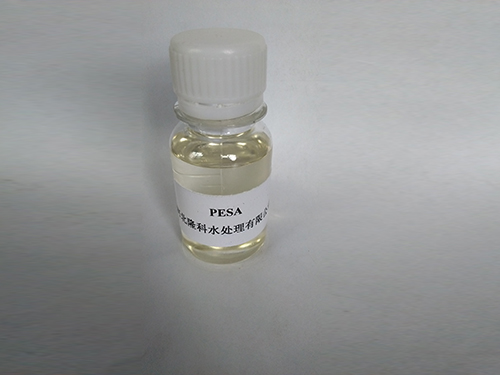Flocculant vs Coagulant
Flocculant vs. Coagulant Understanding Their Roles in Water Treatment
Flocculant vs
. Coagulant Understanding Their Roles in Water TreatmentCoagulants are chemical substances that promote the clumping together of fine particles suspended in water. These particles can include silt, clay, and microorganisms that contribute to turbidity. Common coagulants include aluminum sulfate (alum), ferric chloride, and polyaluminum chloride. When a coagulant is added to the water, it neutralizes the charges on the suspended particles, causing them to aggregate into larger particles or ‘flocs.’ This process is known as coagulation. By facilitating this aggregation, coagulants play a vital role in the initial stages of water treatment, allowing for the removal of impurities that would otherwise pose risks to health and quality.
flocculant vs coagulant

Following coagulation, flocculants come into play. Flocculants are usually high-molecular-weight organic compounds that further enhance the aggregation process by bridging together the flocs created during coagulation. Unlike coagulants, which act primarily on the surface charges of particles, flocculants work by increasing the size and density of the floc particles. This results in the formation of larger aggregates that can be more easily removed through sedimentation or filtration. Common flocculants include polyacrylamide and natural polysaccharides. The use of flocculants is particularly beneficial in treating water with low turbidity, as they can effectively improve the efficiency of the sedimentation process.
In practical applications, the combination of coagulants and flocculants allows for a more efficient water treatment process. The coagulant initiates the process by destabilizing the suspended particles, while the flocculant enhances and accelerates the agglomeration of these particles. Together, they help achieve clearer water and reduce the load on downstream treatment processes, ultimately ensuring the production of high-quality drinking water or efficient wastewater management.
In conclusion, both flocculants and coagulants are critical tools in the field of water treatment. While coagulants work by neutralizing particle charges and enabling initial clumping, flocculants facilitate the formation of larger, more manageable aggregates. Understanding the roles of these two agents can significantly improve water treatment practices, contributing to safer and cleaner water for communities worldwide.
-
Pbtc Scale InhibitorPBTC: A Scale Protector for Industrial Water TreatmentNewsAug.05,2025
-
Organic Phosphonate: An Efficient Defender in the Field of Scale InhibitionNewsAug.05,2025
-
Hydrolyzed Polymaleic Anhydride: Green Pioneer in Scale Inhibition FieldNewsAug.05,2025
-
PAPEMP Polyamino Polyether Methylene Phosphonic Acid For SaleNewsAug.05,2025
-
Flocculant Water Treatment: A Pioneer in Purification in the Field of Water TreatmentNewsAug.05,2025
-
Benzyl Isothiazolinone: An Efficient and Broad-Spectrum Antibacterial Protective GuardNewsAug.05,2025





